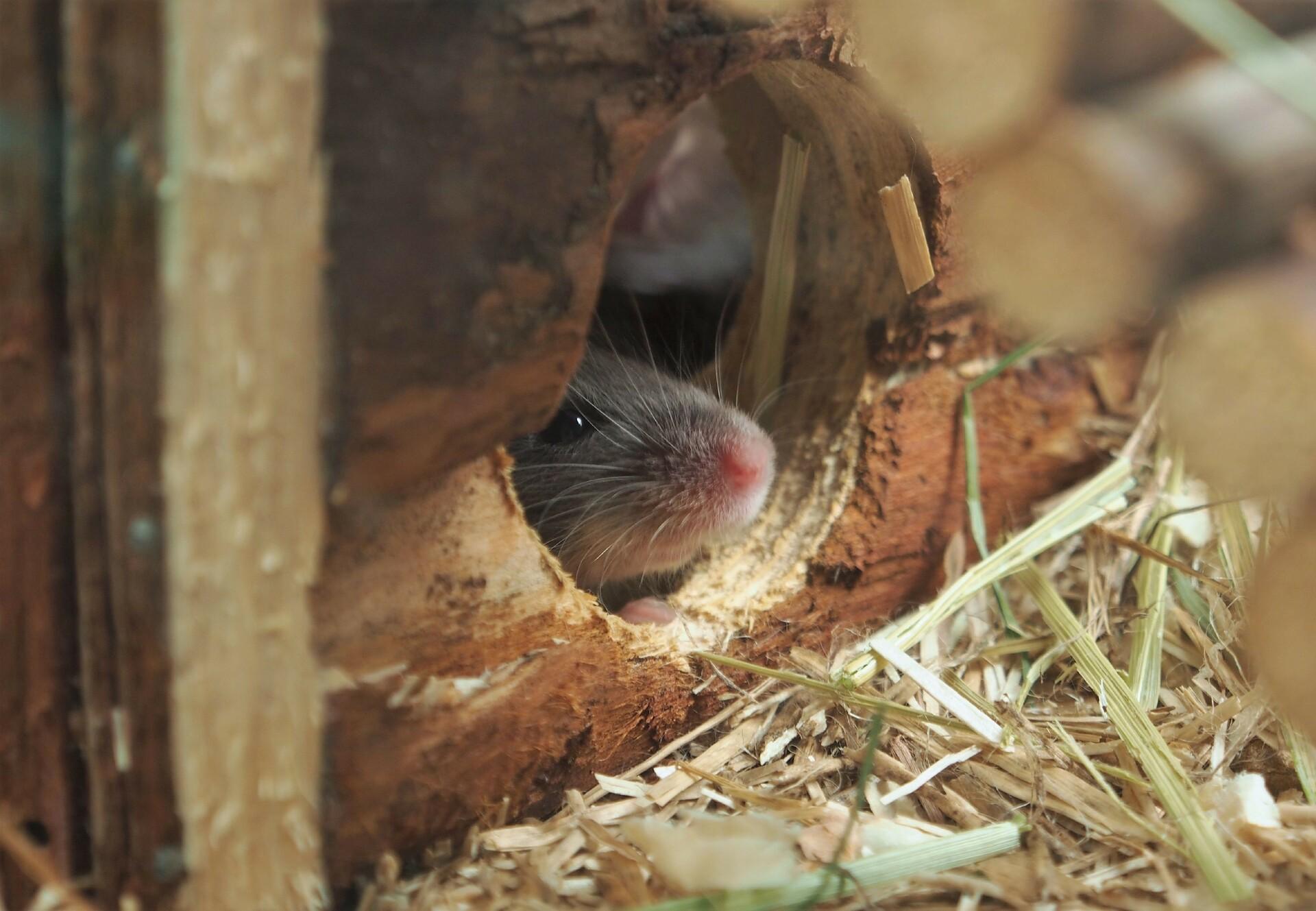
Health checklist for mice
Veterinary care for mice: Most common illnesses in mice and how to prevent them
Pet mice are prone to disease like any other animal. Some they are, unfortunately, naturally susceptible to, such as tumours, while others result from lack of care. The life span of a pet mouse is limited to just a few years, and every mouse deserves to spend these years healthy. Pet mouse owners have a responsibility, therefore, to react quickly to smallest changes in their animal and to visit the vet immediately.
Typical pet mice diseases are:
The causes of these diseases and symptoms are:
Respiratory diseases: The causes are pathogens such as viruses, bacteria and mycoplasma. In order to an prevent the outbreak, the following should be ensured:
- Well ventilated, clean enclosure
- Good ambient temperature (20-24°C)
- Draught-free position
- Ideal air humidity
- Dust-free bedding
- Good nutrition
- A balanced co-habiting mouse group
- Quarantine of diseased animals
Symptoms: sneezing, shallow or laboured breathing, noises when breathing
Bowel diseases: The most common is diarrhoea, which must be treated by a vet immediately. The causes are manifold and can be avoided by:
- Washing fruit and vegetables before feeding
- Regularly changing and cleaning food supply
- Keeping incompatible or poisonous plants out of reach
- Avoiding stress for the rodents
- Watching for anal itching
Symptoms of intestinal diseases: mushy, runny faeces, fur around the anus contaminated with faeces
Skin diseases: Pet mice are prone to parasites like mites, which can, depending on the infestation, cause stress leading to premature death. Parasites can be avoided through:
- Good cage hygiene
- Sufficient air circulation
- Fresh bedding
- Appropriate nutrition
- A strong immune system
Symptoms: scabby areas on the skin, redness, dandruff
Adenoids and tumours: palpable thickening under the skin.
The points listed above are only some examples of the wide spectrum of diseases and symptoms present in mice. Nonetheless they illustrate clearly the importance of providing optimal care in terms of nutrition, rest, and cage management. The better the conditions, the better the chances of three to four healthy mouse years!
 Please be careful! If you delete this page, consider that it could be used within an other language version.
Please be careful! If you delete this page, consider that it could be used within an other language version.